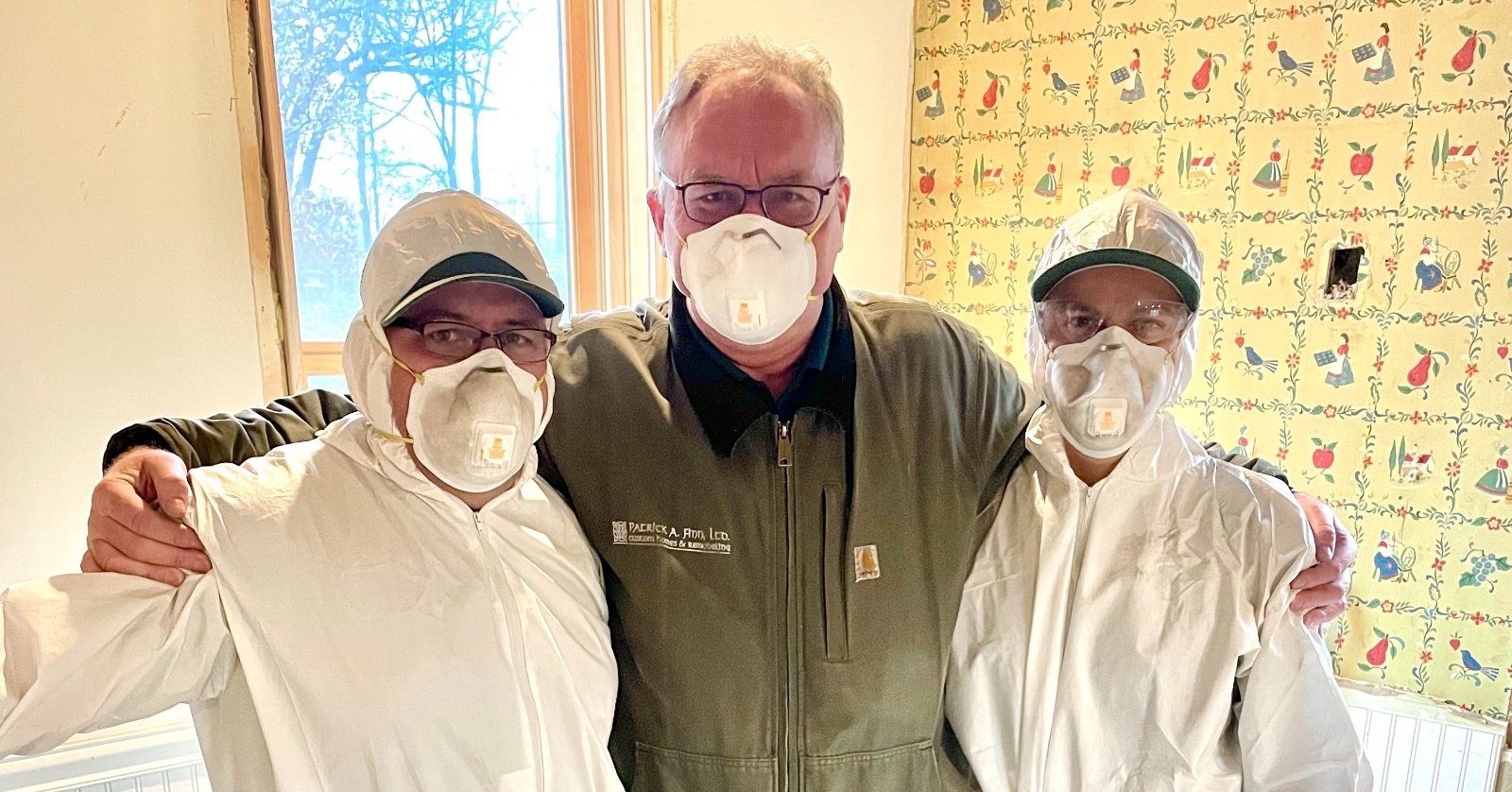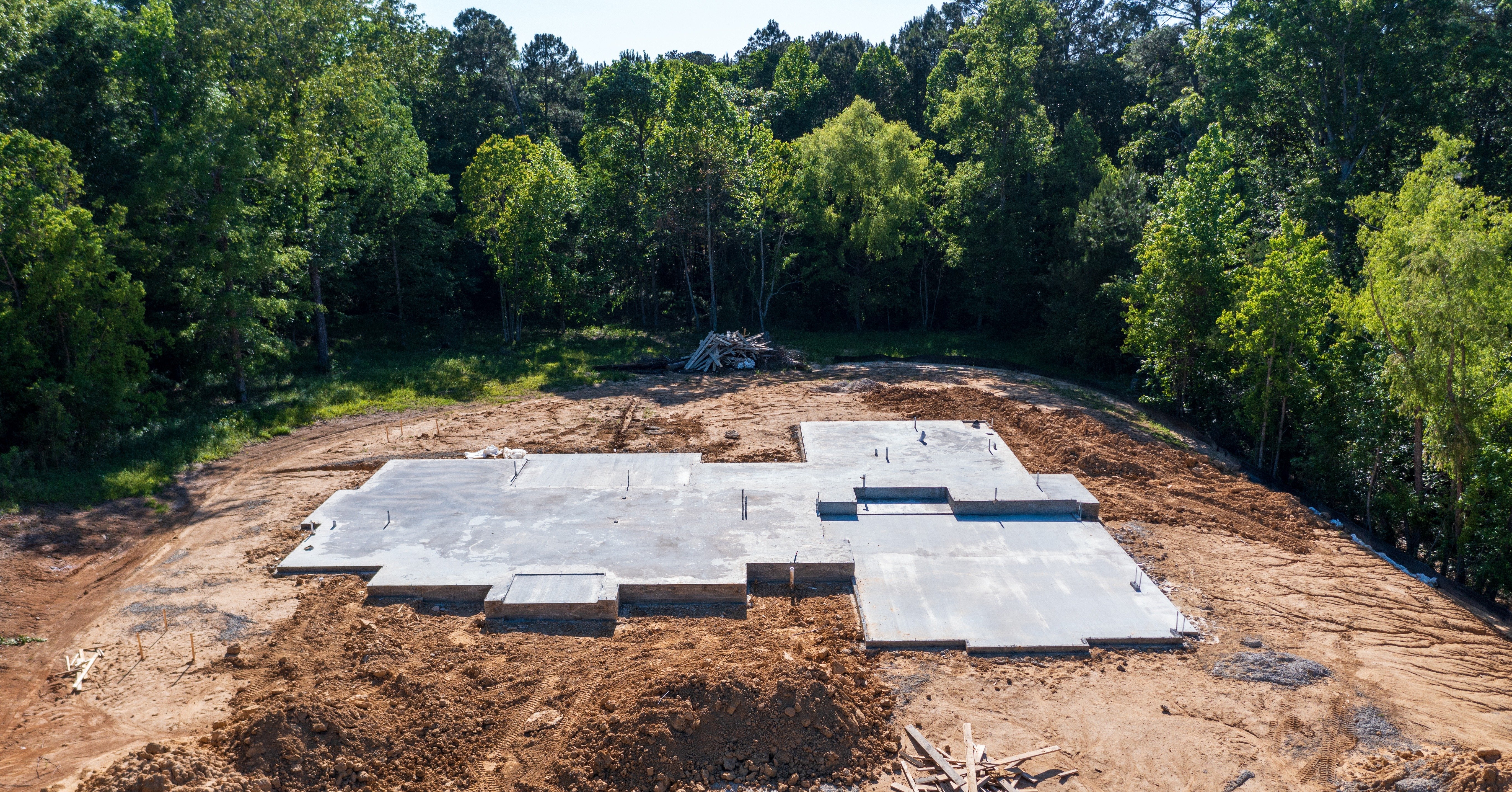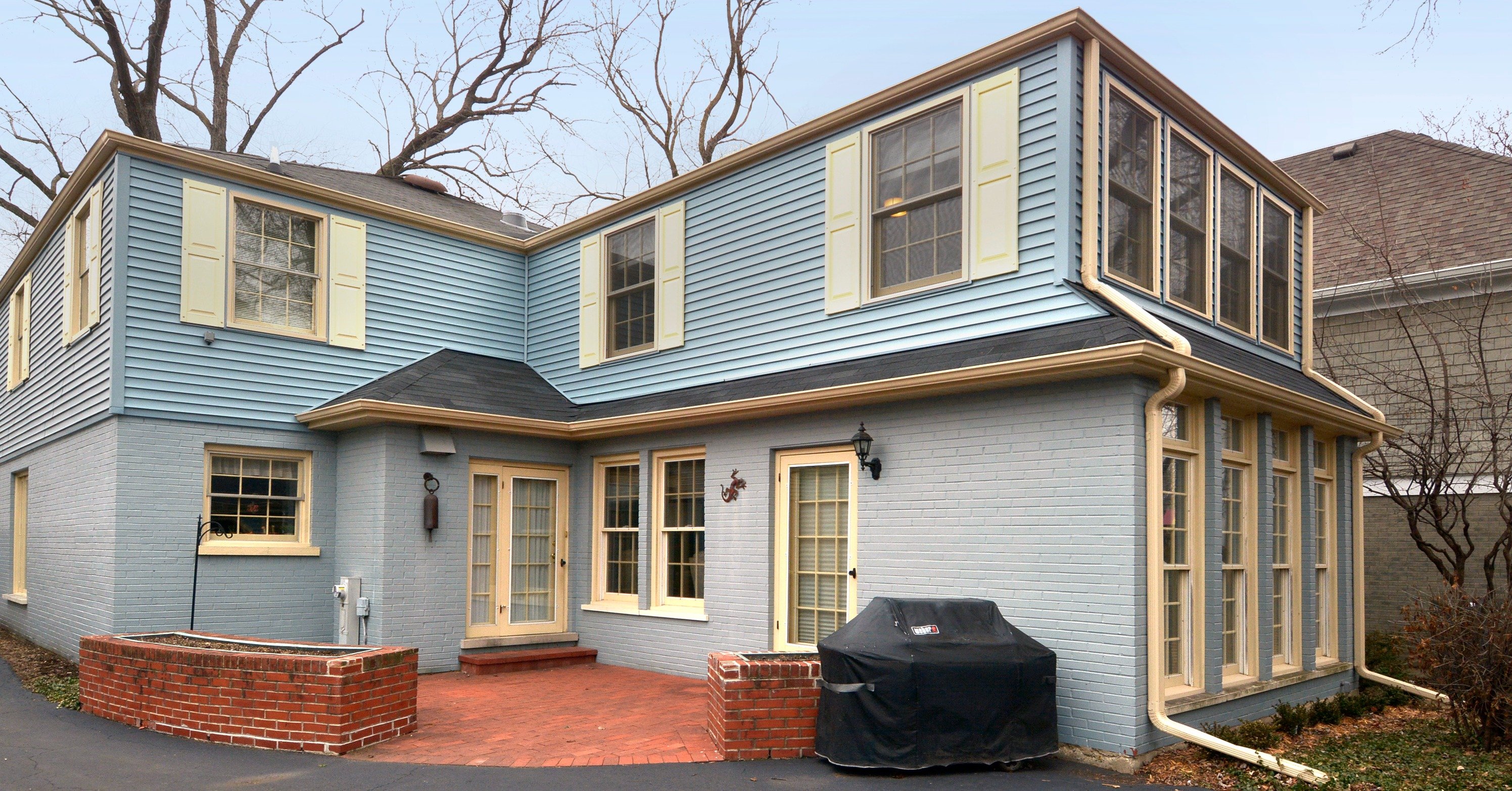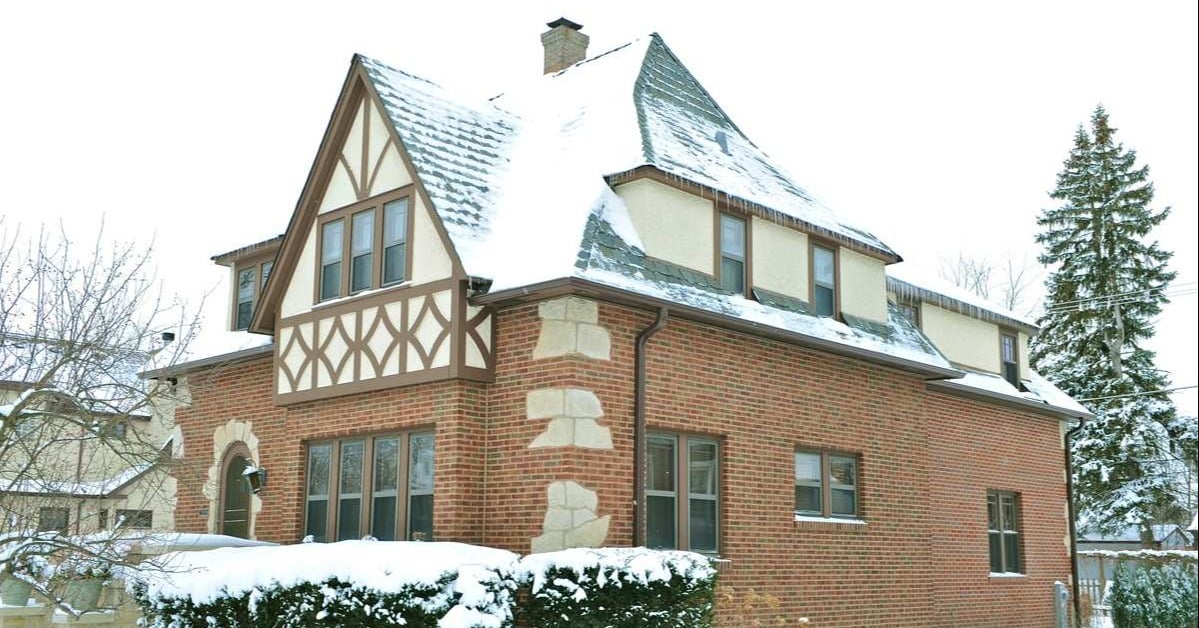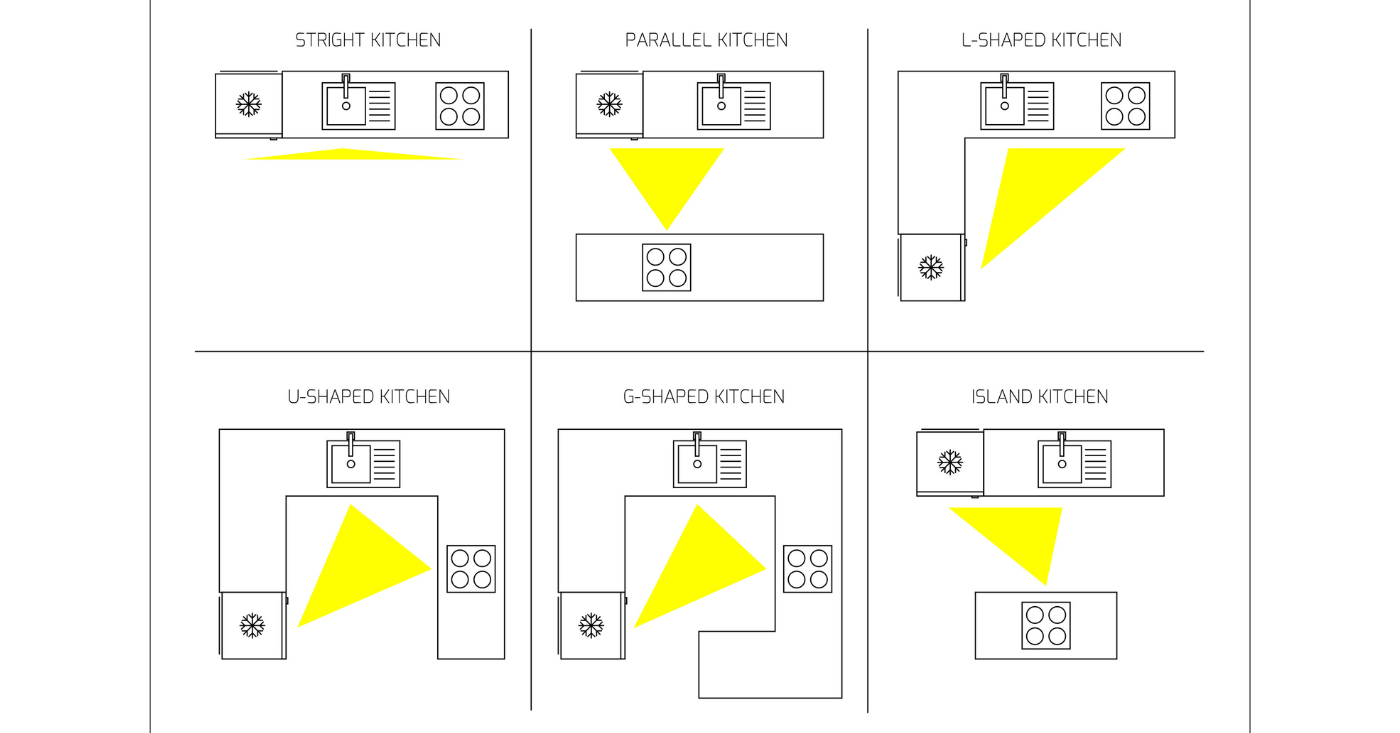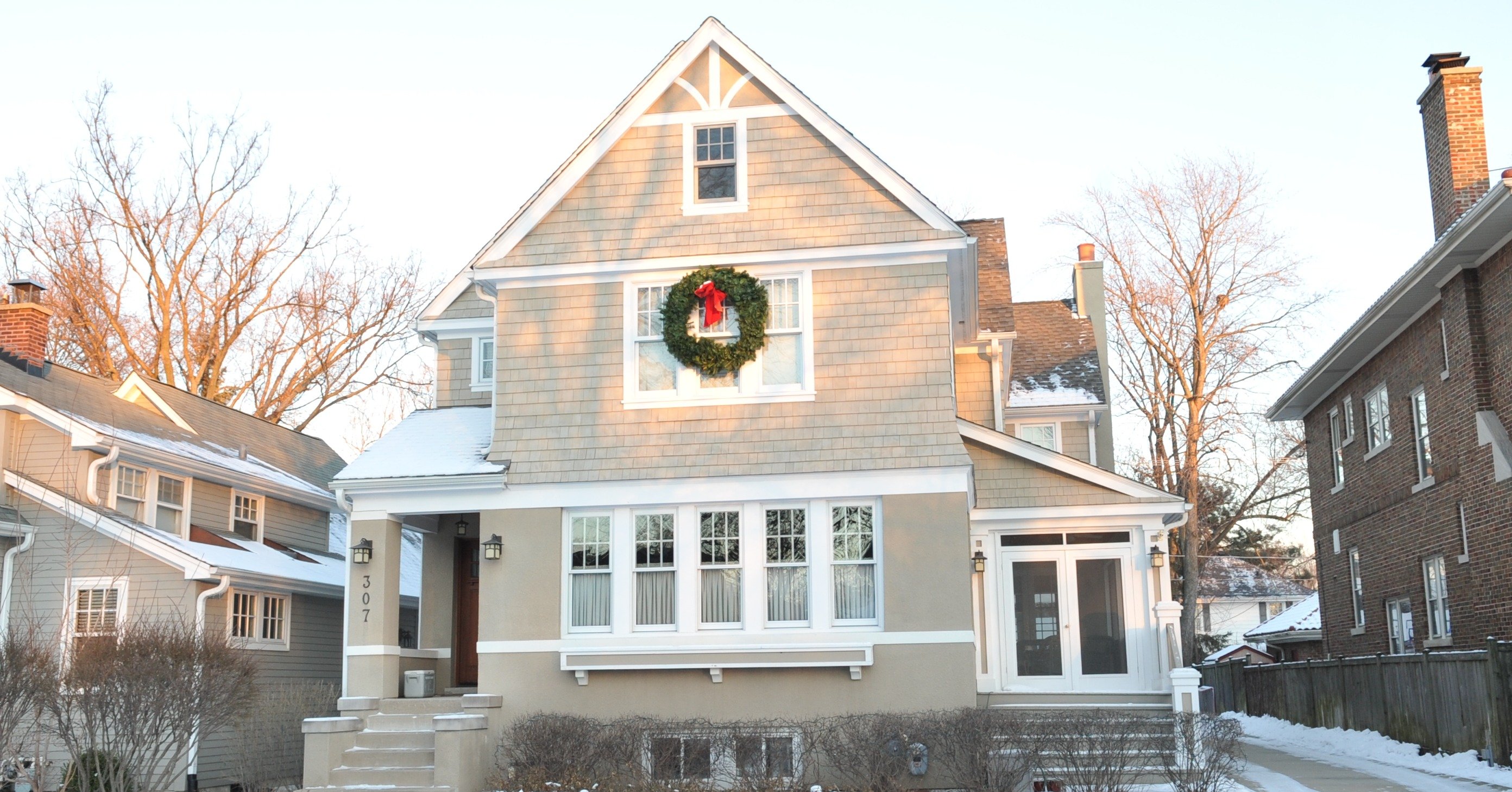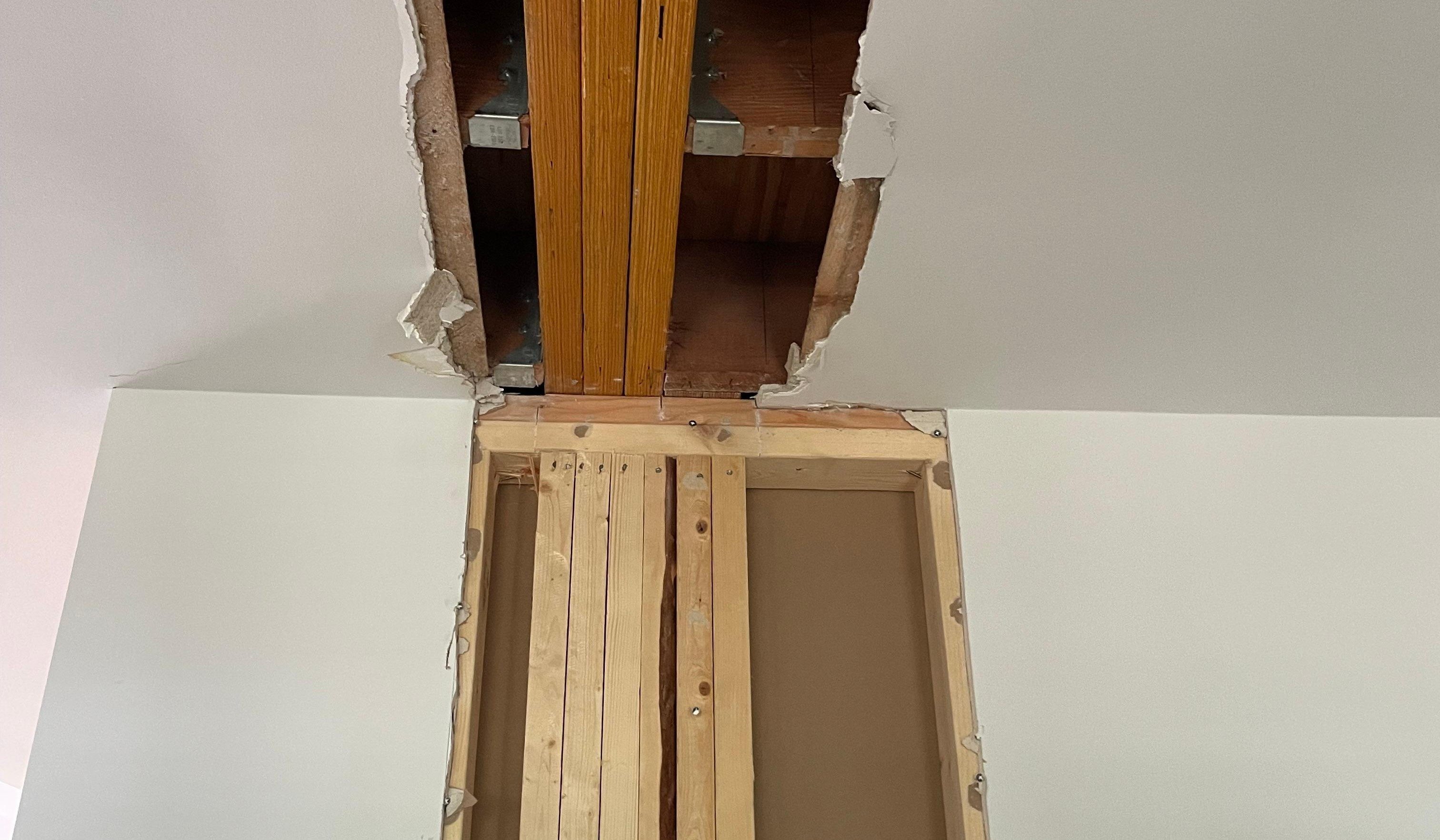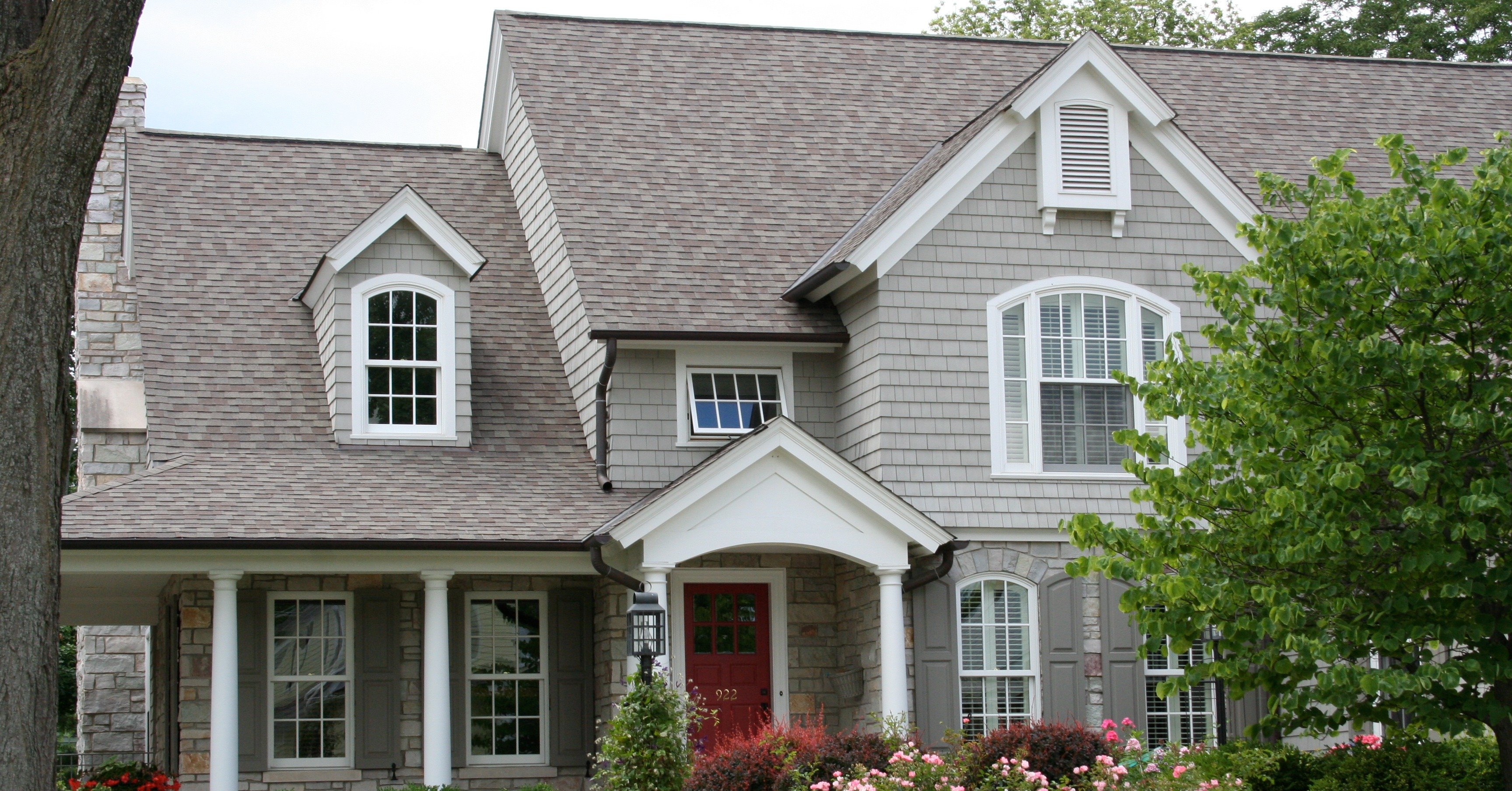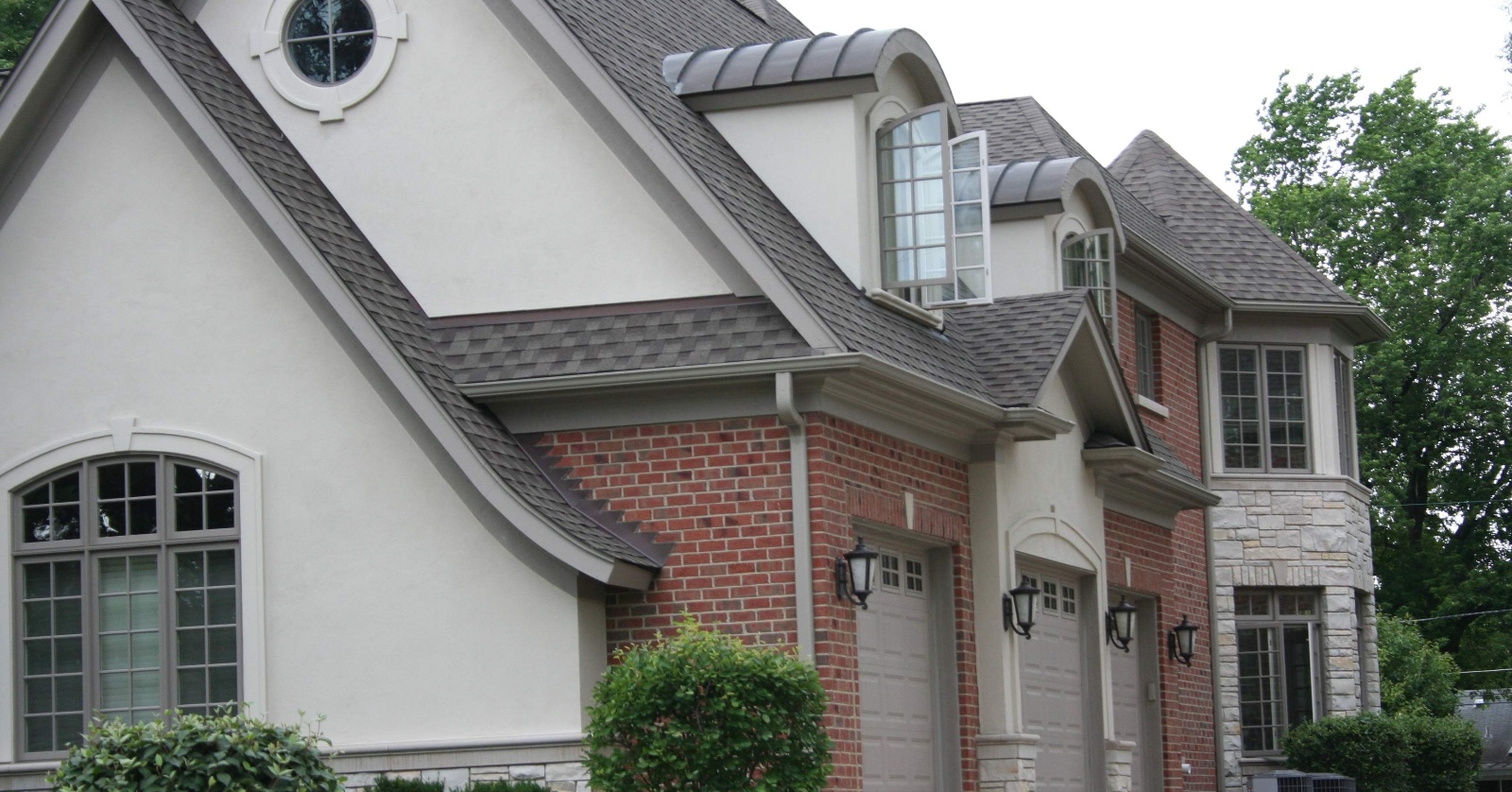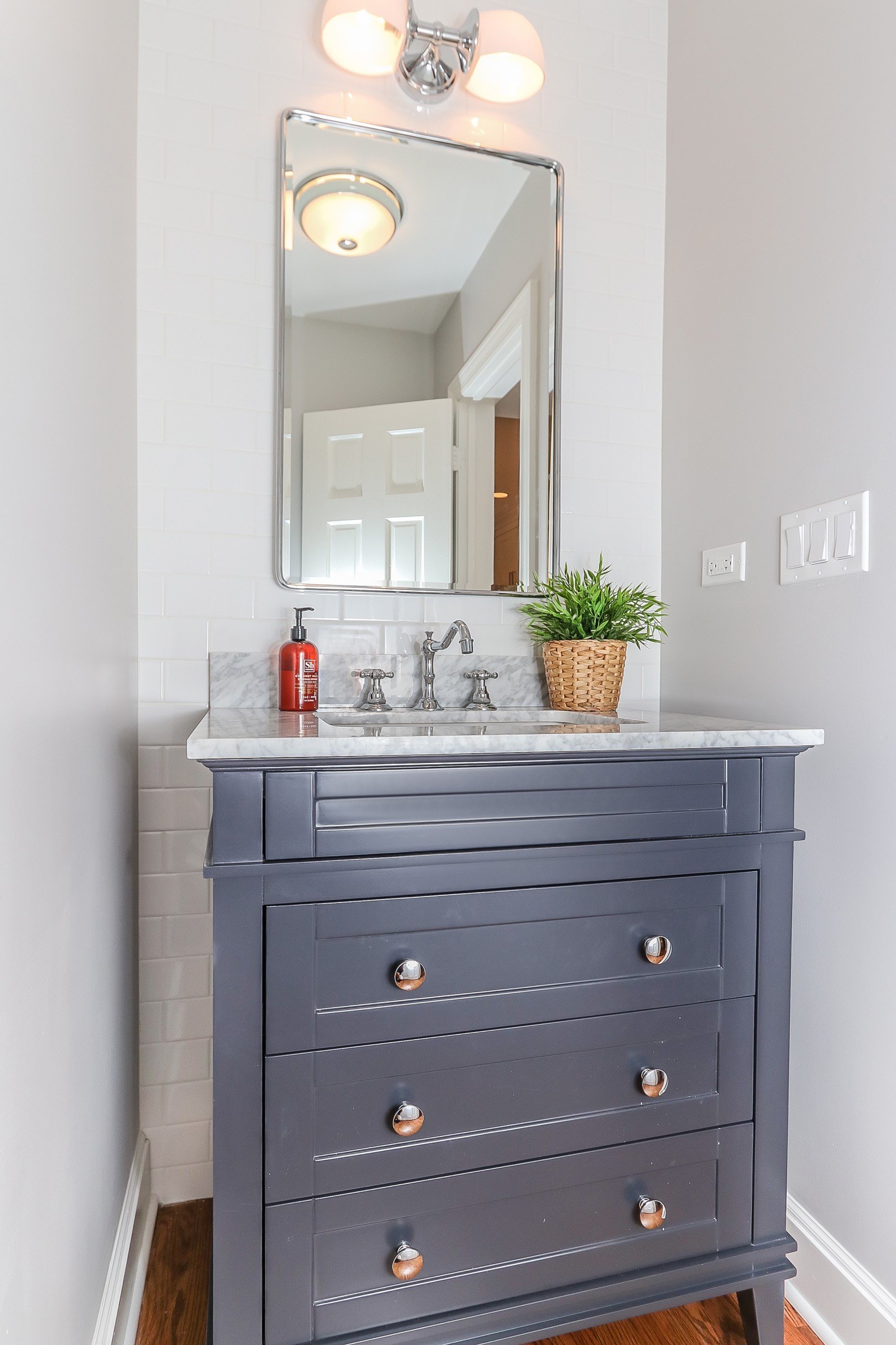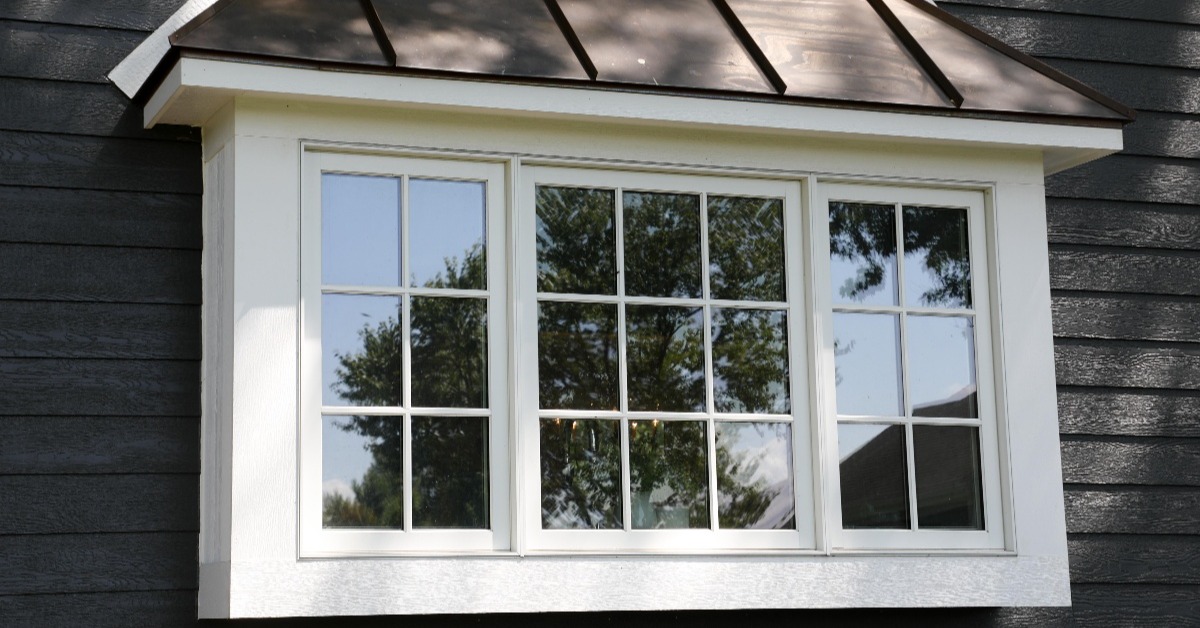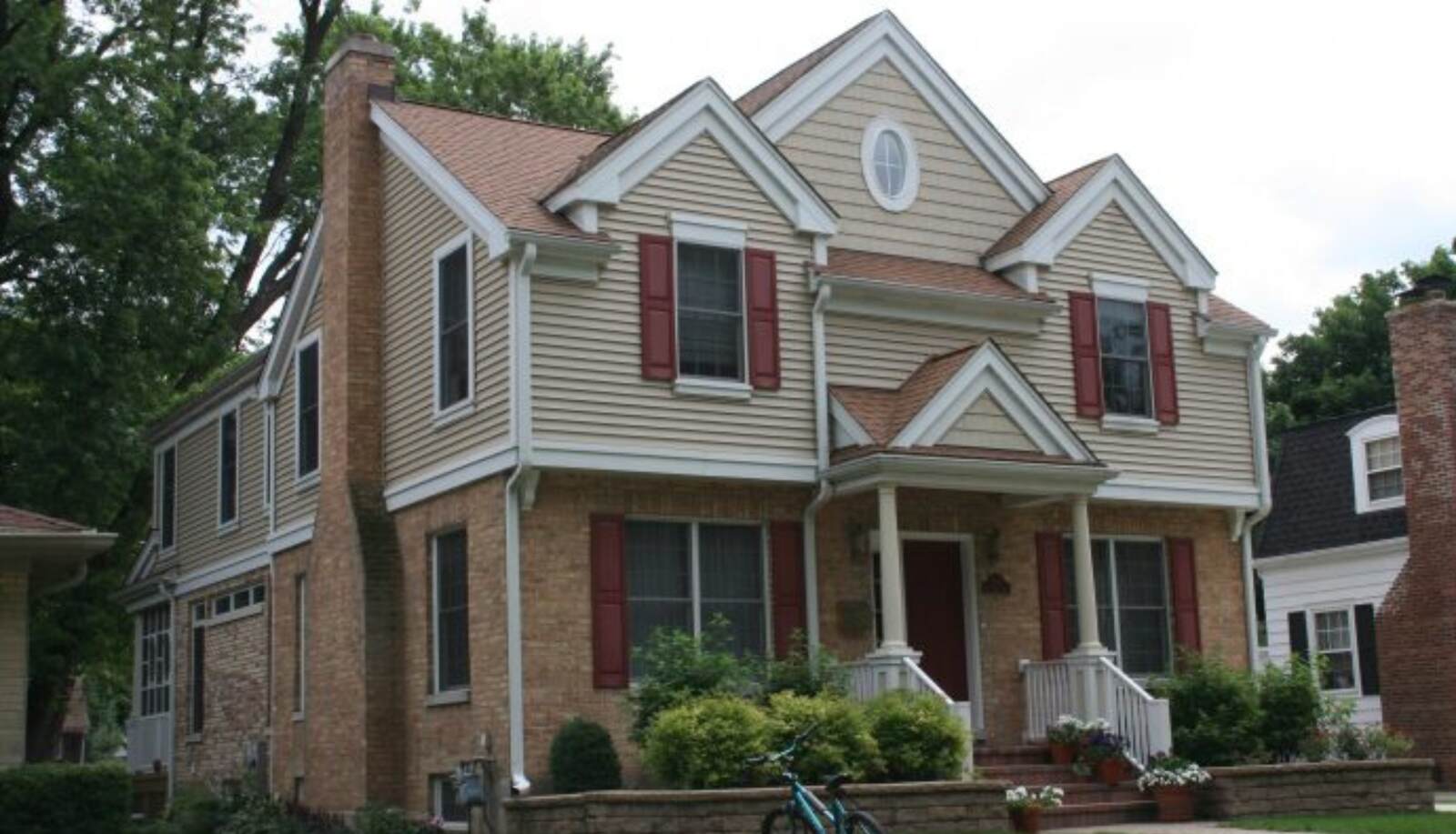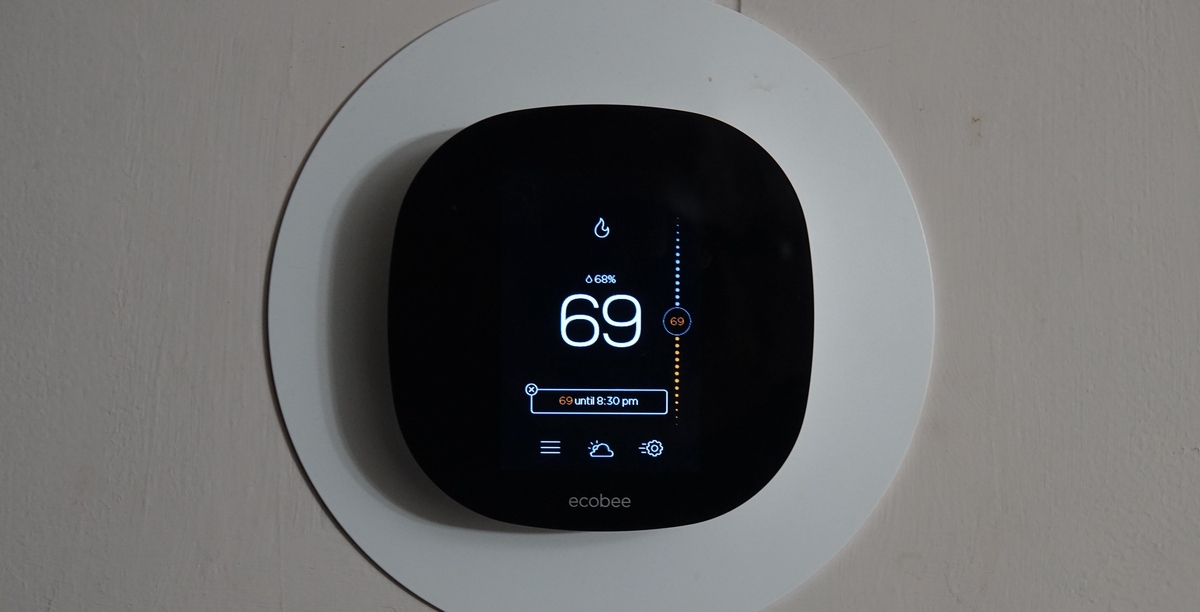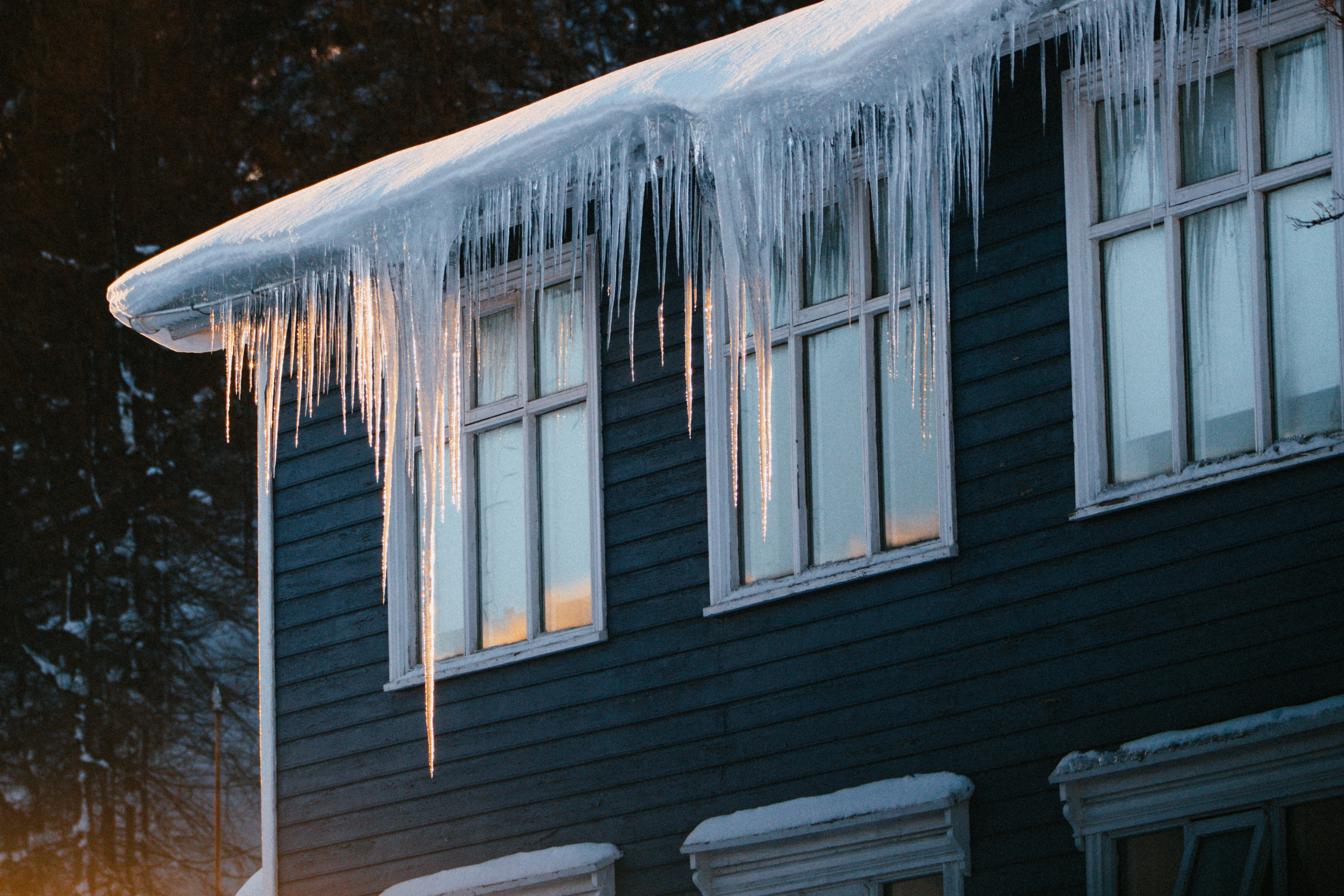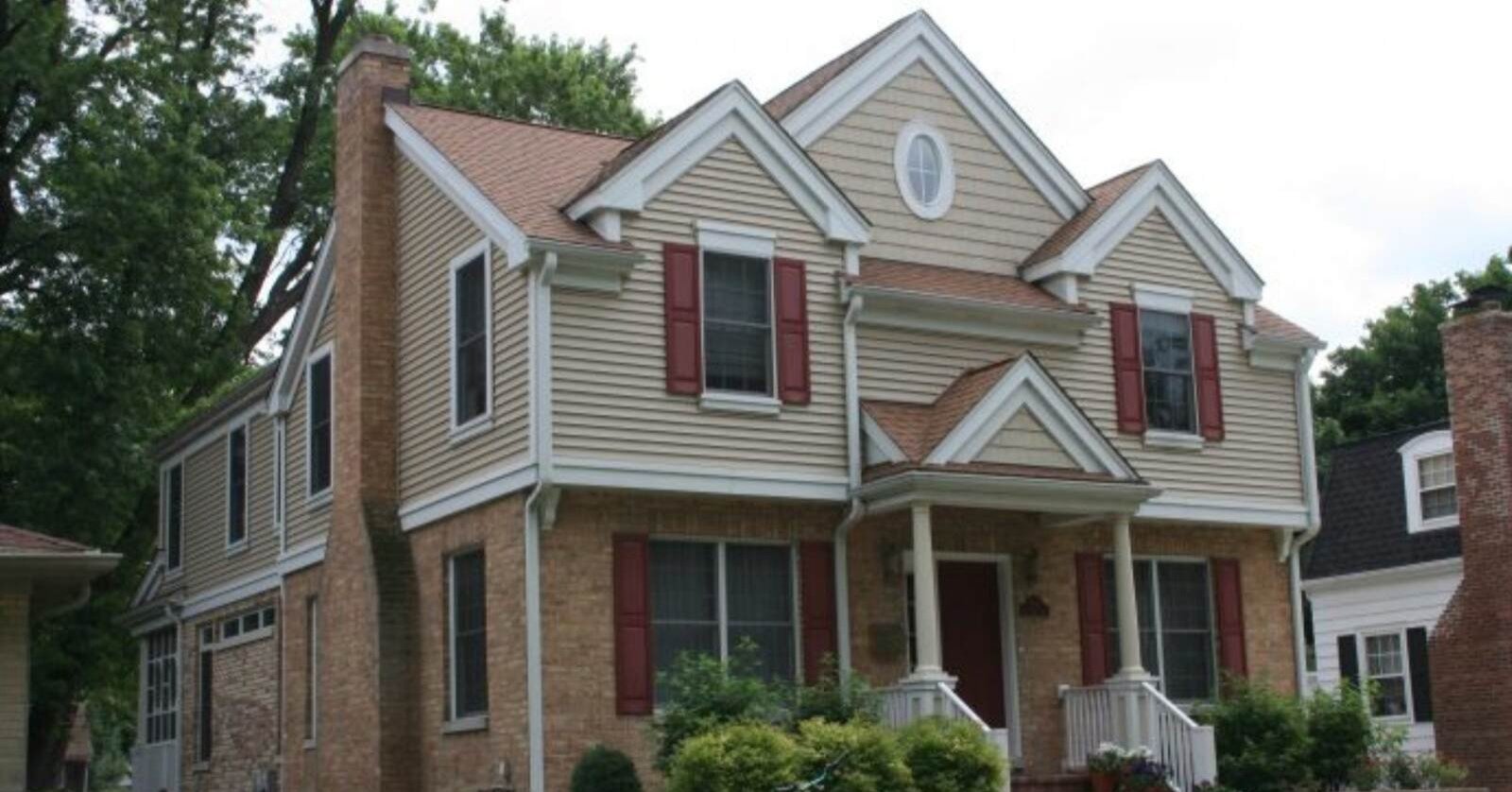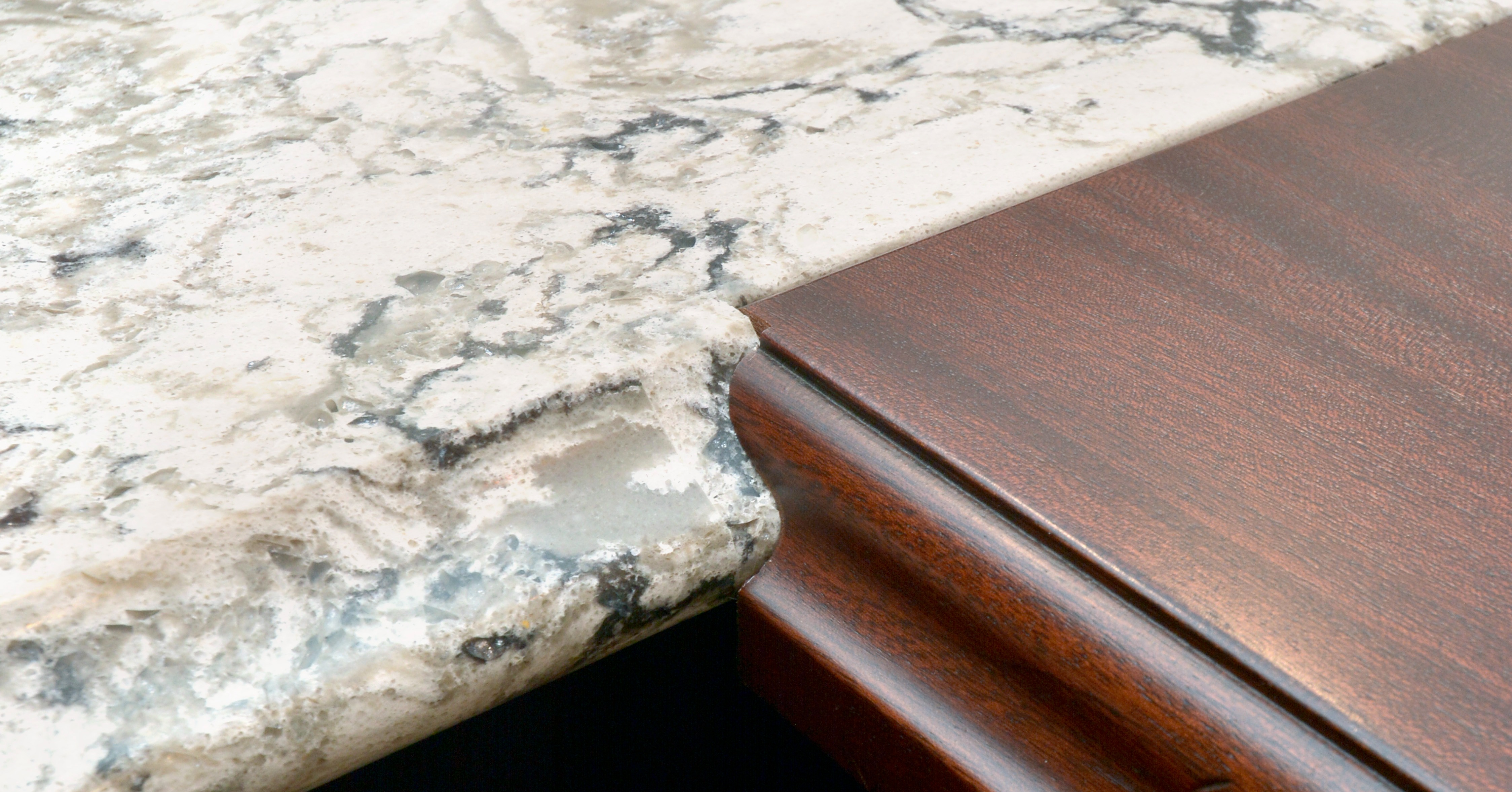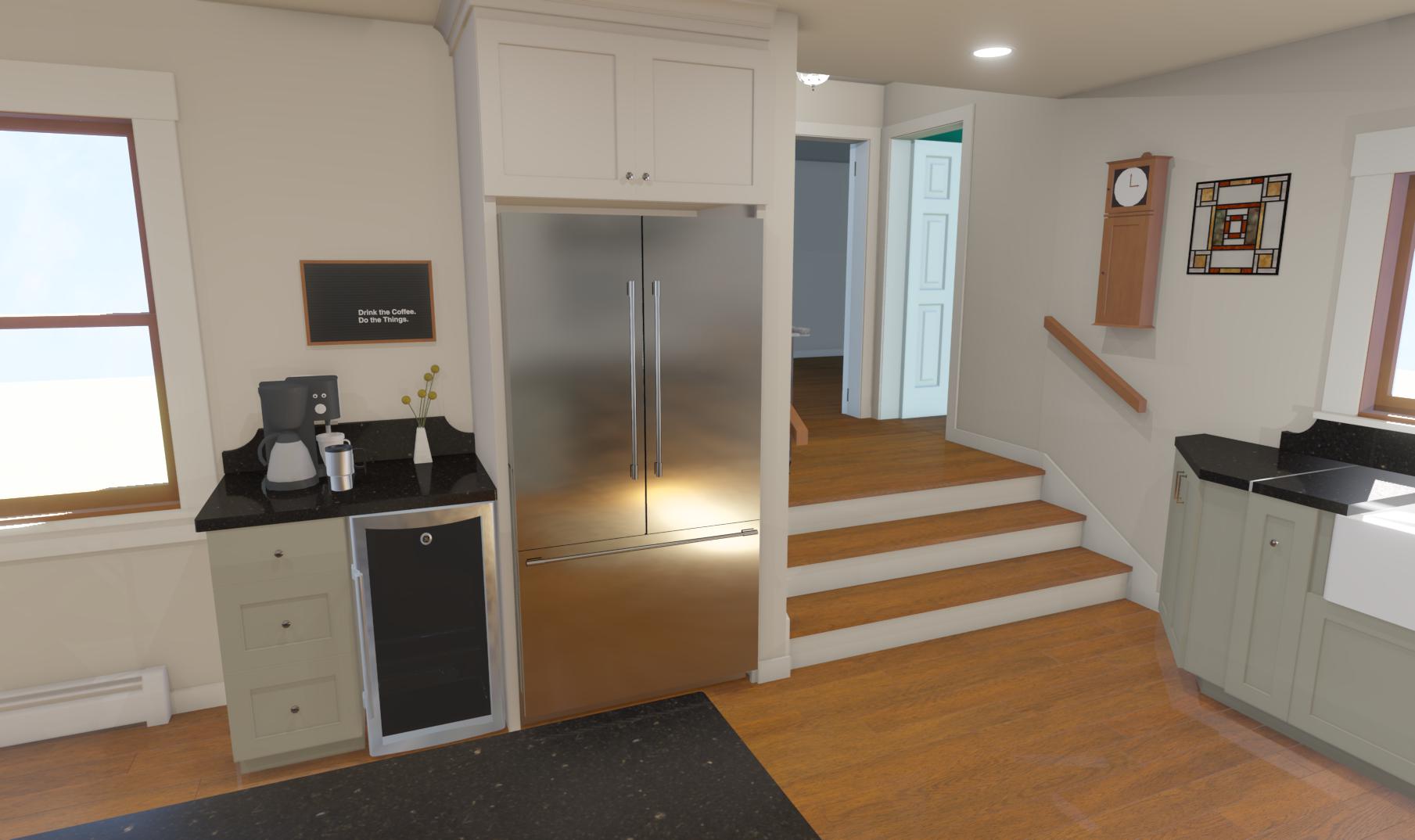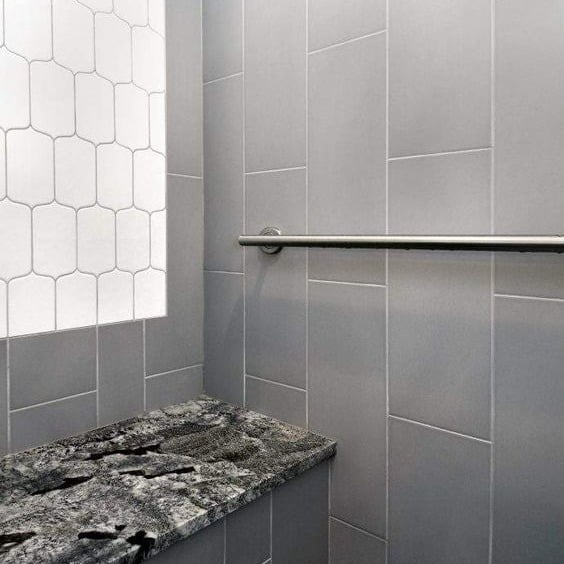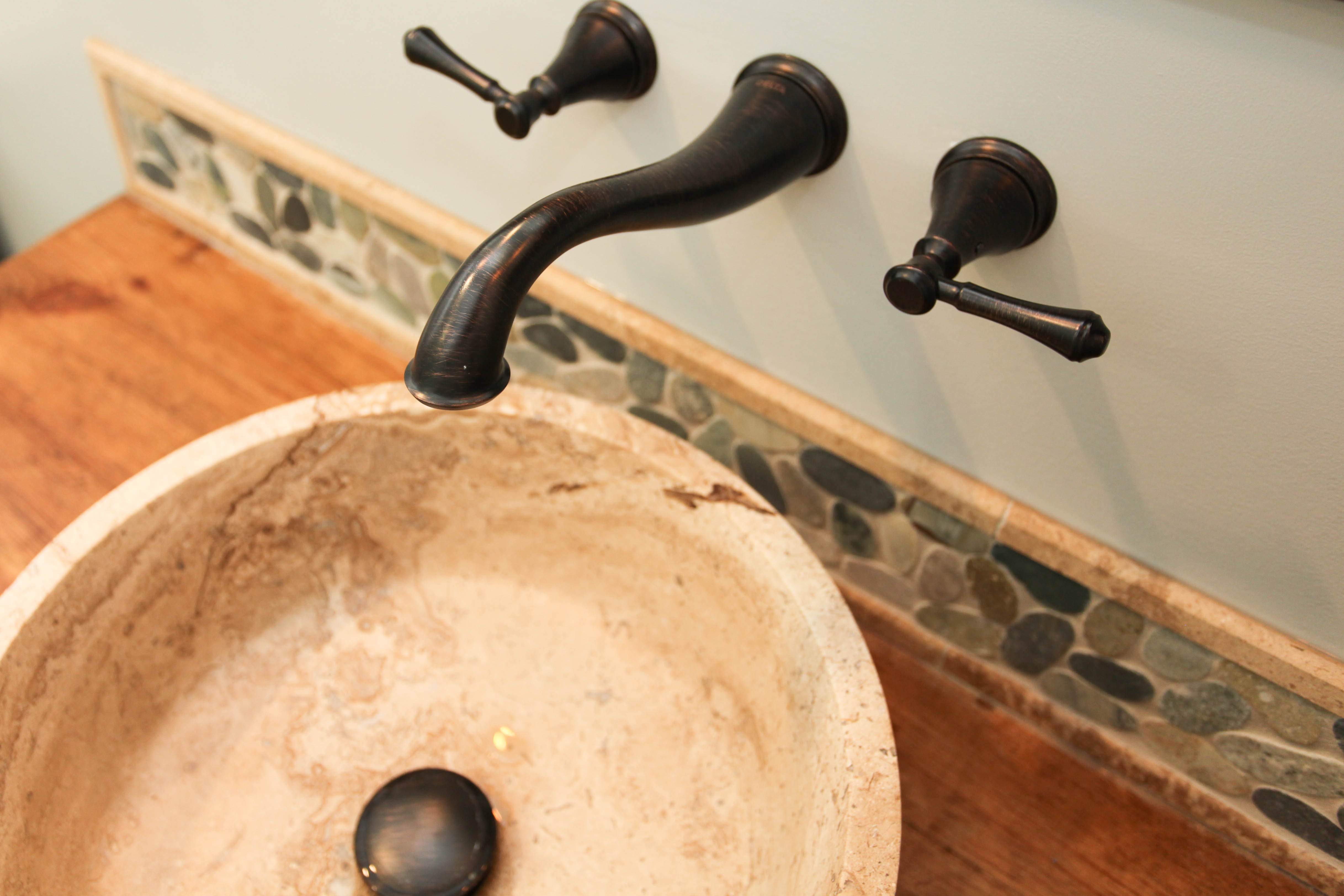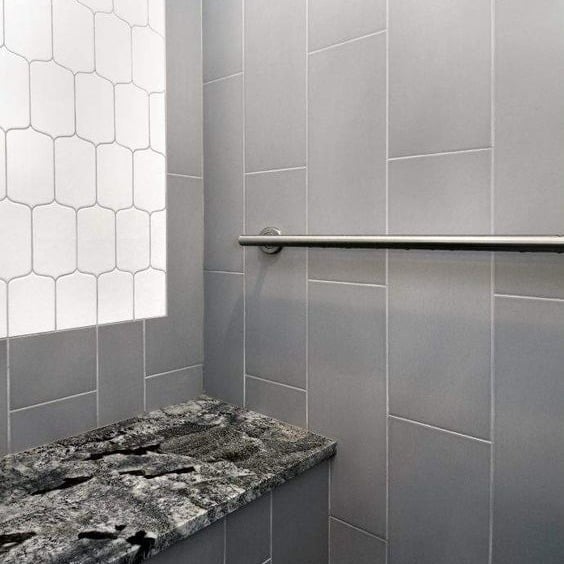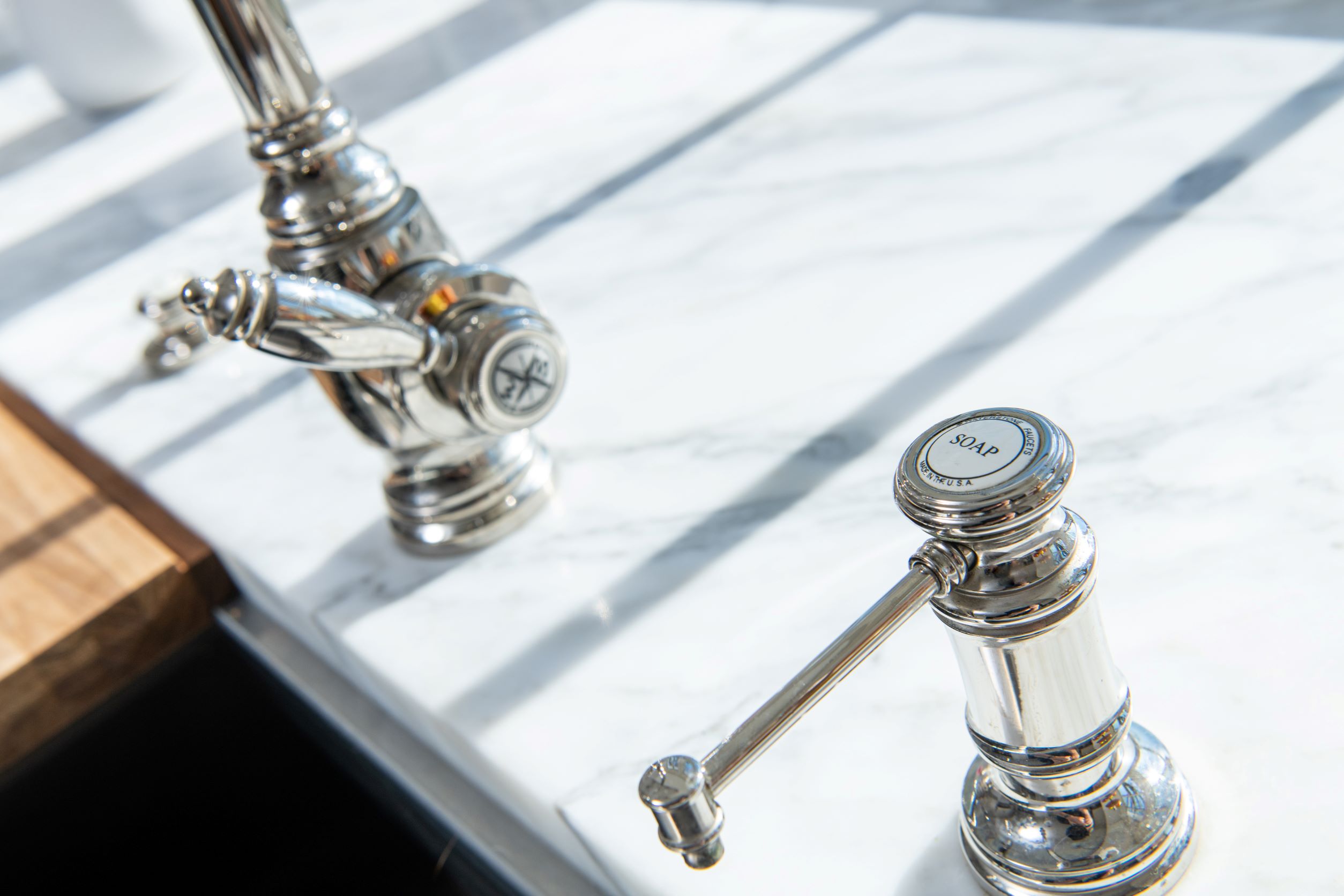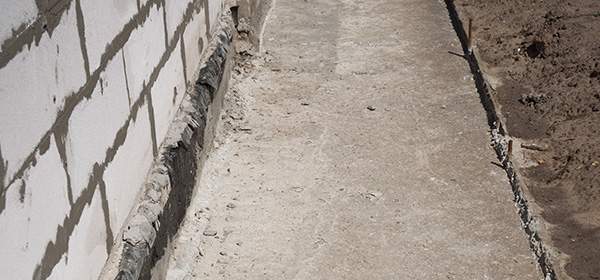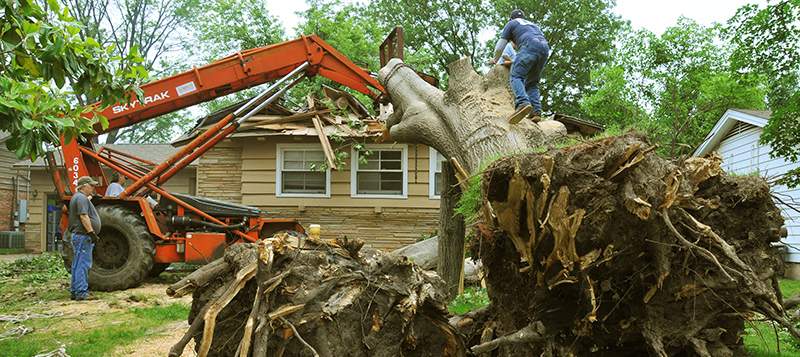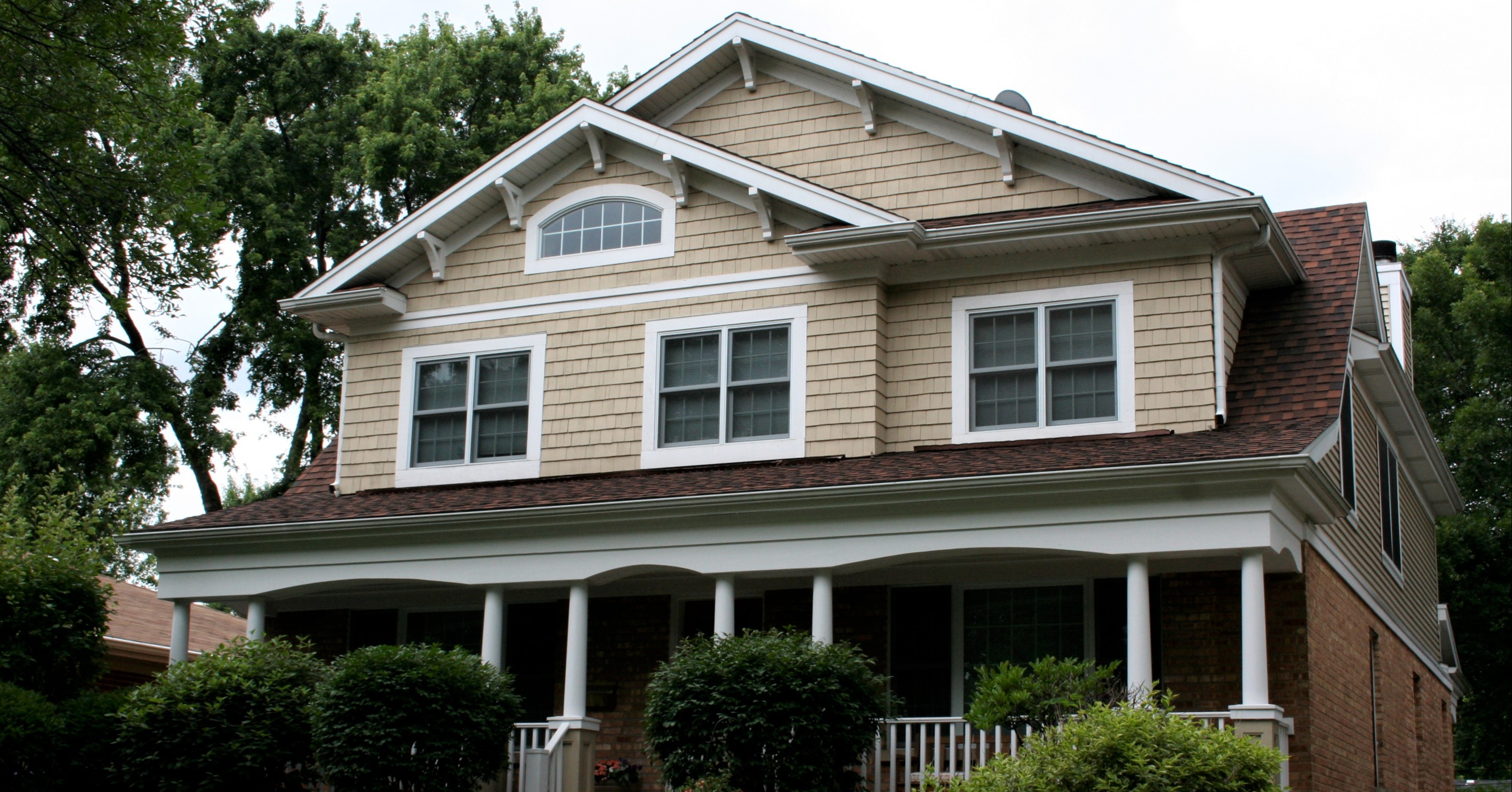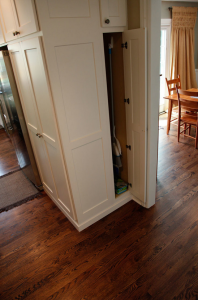Home Remodeling Blog
Top Mudroom Addition Ideas for a Stylish and Functional Entryway
Discover the best mudroom addition ideas to create a stylish and functional entryway. Keep your home organized and prevent the spread of snow, mud, and water with these practical tips and design inspiration.
Posts by Tag
- Aging In Place (8)
- Architectural Styles (10)
- Basement Finishing (11)
- Bathroom Remodeling (22)
- Chicago Home Remodeling Costs (7)
- Consumer Awareness (29)
- Custom Cabinets (3)
- Custom Homes (34)
- Exteriors (6)
- Home Decorating (14)
- Home Design Ideas (26)
- Home Maintenance (15)
- Home Remodeling & Additions (96)
- Home Remodeling Trends (23)
- Kitchen Remodeling (46)
- Living in the Northwest Chicago Suburbs (27)
- Patrick A. Finn News & Awards (6)
25 Essential Questions to Ask Before Hiring a General Contractor: A Comprehensive Checklist
Make sure you're hiring the right general contractor for your home improvement project. Here's a comprehensive checklist of 25 essential questions to ask before signing any contracts.
How To Successfully Budget For A Home Renovation In The Greater Chicago Area
Learn how to budget for a home renovation in the greater Chicago area and make informed decisions about your project. Understand the factors that affect costs and ensure you have a comprehensive plan in place.
Get Your Project Started today!
Most Popular Posts
-
 Top 10 Gorgeous Lakes & Beaches Near Chicago
Top 10 Gorgeous Lakes & Beaches Near Chicago -
 13 Best Country Clubs & Golf Courses in Chicago's Northwest Suburbs to Live Nearby
13 Best Country Clubs & Golf Courses in Chicago's Northwest Suburbs to Live Nearby -
 How Much Does a Home Addition Cost in Chicago's Northwest Suburbs?
How Much Does a Home Addition Cost in Chicago's Northwest Suburbs? -
 18 Home Remodeling Trends in 2023 That You'll Love
18 Home Remodeling Trends in 2023 That You'll Love -
 Aging in Place: 10 Design Tips for a Senior Friendly Kitchen
Aging in Place: 10 Design Tips for a Senior Friendly Kitchen -
 The Best Winter Getaways Near Chicago
The Best Winter Getaways Near Chicago
Discover the Secrets to Effortless Home Renovations with Advanced Project Management
Discover the secrets to successful home renovations with advanced project management techniques. Learn how to hire a general contractor and ensure a smooth process from start to finish.
Top 13 Must-Have Kitchen Cabinet Accessories for Your Kitchen Remodel
Transform your kitchen into a functional and organized haven with these top 13 must-have kitchen cabinet accessories. Create a space that fosters connection and joy with ample storage and clever accessories.
Investing in Custom Cabinetry: A Comprehensive Guide to the Value & Benefits
Discover the extensive value and unique benefits of custom cabinetry in this comprehensive guide. Learn why investing in custom cabinetry is worth considering for your home.
Essential Foundation Requirements for Adding a Second Story to Your Home
Learn about the essential foundation requirements for adding a second story to your home, including depth, cracks, and soil conditions. Ensure a successful home renovation project.
A Comprehensive Guide To The Pros And Cons Of 3-Season Vs. 4-Season Rooms
Discover the advantages and disadvantages of 3-season and 4-season rooms and which option is best for extending your porch's usability throughout the year.
The Pros & Cons of Building Up vs. Building Out
Explore the pros and cons of building up vs. building out for home additions. Consider local ordinances, family needs, and budget to make the best decision for your situation.
Unlock the Full Potential of your Home with a Stunning Great Room Addition
Discover the advantages of adding a great room to your home and get inspired with ideas for your next home addition project.
Small House, Big Ideas: How to Maximize Space and Transform Your Home
Discover innovative ideas for maximizing space in your small house and creating a functional home that meets all your needs.
Home Addition Design: How Do I Make My Addition Seamlessly Blend Into My Existing Home?
Discover key considerations and expert tips for designing a home addition that seamlessly blends with your existing home.
The Ultimate Guide to Adding a Second Floor to Your Home: Expert Tips and Advice
Discover expert tips and advice on adding a second floor to your house. Learn everything you need to know about the process and feasibility of a second-story addition.
5 Home Addition Ideas to Accommodate Your Growing Family
Discover five popular home addition ideas to create more space for your growing family. Make informed decisions and get the best results for your home.
The Ultimate House Renovation Checklist: A Master Plan for a Seamless Home Remodeling Experience
Discover a step-by-step home renovation checklist to create a master plan that works best for you and ensures a seamless home remodeling experience.
How to Design an Open Floor Plan for Entertaining: Key Considerations [+Tips]
Discover key considerations and tips for designing an open-concept floor plan for your home to create a functional and inviting space for entertaining.
Create a Seamless Workflow with the Perfect Kitchen Work Triangle
Create the perfect kitchen work triangle for a more efficient & pleasing cooking experience. Learn valuable tips from our 30+ years of kitchen renovation expertise.
How to Improve Your Home’s Outdoor Living Space
Discover the best ways to enhance your home's outdoor living space and make the most of your time outside. Explore tips and ideas for creating a functional and inviting outdoor area.
How Free Home Renovation Estimates Can End Up Costing You More Than You Think
Don't fall for the trap of free home renovation estimates. Learn why they can lead to additional costs & scope creep, and discover the right way to plan and budget for your project.
Specialty Rooms: The Home Theater
Create your dream home theater with this checklist of essential things to consider. We'll guide you in building the ultimate entertainment space from technology to design.
Home Improvement Dilemma: Should You Renovate or Move to a New Home? Expert Advice
Unsure whether to renovate or move? Get expert advice to weigh the pros and cons and make the best decision for your home improvement dilemma.
Kitchen Pantry Ideas: How to Design the Perfect Kitchen Pantry
Discover the best kitchen pantry design ideas and storage solutions to create a well-organized and functional space that meets all your needs.
Transform Your Entertainment Space with These Luxury Home Wet Bar Ideas
Discover stunning wet bar ideas to transform your entertainment space into a luxurious haven. Find the perfect spot for your home bar and make it a design focal point for hosting unforgettable gatherings.
The Benefits of Open Concept Home Plans: Creating a Kid-Friendly Environment
Discover the advantages of open-concept home plans and how they can help you create a safe and kid-friendly environment for your growing family.
Home Renovation Permits Unveiled: Essential Tips to Save Money and Hassle
Discover essential tips for navigating the world of home renovation permits to save money and avoid potential hassles during your remodeling project.
Boosting Property Value and Comfort: Key Factors to Consider when Remodeling Your Basement
Discover the key factors to consider before embarking on a basement remodeling project to boost your property value and create additional living space.
Things You Need to Know About Adding an Island to Your Kitchen Remodel
Discover the essential questions to consider when adding a kitchen island. Get expert advice on size, shape, countertop material, cabinet style, & more.
Kitchen Design Ideas for Entertaining: How to Turn Your Kitchen Into an Entertainment Hub
Discover modern kitchen design ideas to create a functional entertainment hub in your kitchen. Solve the congestion problem; make entertaining a breeze with these creative solutions.
Removing Walls Safely: Tips To Identify If A Wall Is Load Bearing
How to identify load-bearing walls & safely remove them without compromising the structural integrity of your home. Consult with Patrick A. Finn to ensure a safe & successful renovation.
10 Design Ideas for Seamlessly Connecting Your Home's Indoor and Outdoor Spaces
Connecting indoor and outdoor spaces: 10 design ideas that will create a harmonious flow & maximize natural light year-round.
How to Design a Streamlined Kitchen for Better Cooking & Entertaining
Discover how to create a functional and inviting kitchen space with these tips on streamlined kitchen design for efficient cooking and entertaining.
The Insider's Guide to Home Renovation Timelines: Plan Your Project Like a Pro
Plan your home renovation project like a pro with this guide to home renovation timelines. Avoid unexpected delays with Patrick A. Finn’s expert advice.
Small Kitchen, Big Solutions: Ways to Maximize Your Cabinet and Countertop Space
Discover solutions to help you create more kitchen countertop and kitchen cabinet space for a more enjoyable cooking and entertaining experience.
Design-Build Construction vs. Traditional Methods: Know the Key Differences
Discover the key differences between design-build construction and traditional methods to make an informed decision for your remodeling project. Partnering with a design-build firm can simplify the process and ensure ...
How to Renovate a House While Living in It: Surviving Home Renovations
Discover practical tips and tricks to survive home renovations while still living in your house. From creating a detailed plan to establishing a temporary living space, this guide has you covered.
Maximize Your Space with Functional Built-in Banquette Seating
Discover how custom built-in banquette seating can maximize your space while adding style and functionality to your home. Say goodbye to generic furniture and hello to bespoke pieces designed just for you.
8 Ideas for Integrating European Styling into Your Home
Looking for ways to bring European style and design to your home? Read our 8 favorite ways to integrate European styling into your home.
Its Time for Your Annual Spring Check Up
Ensure your home is ready for spring with this comprehensive checklist. From inspecting your systems to fixing leaks, this guide will help you maintain your home's health and save money in the long run.
How to Remodel for a Low-Maintenance Home
If you want a stunning home but don't have the time or desire to upkeep it, you can do several things to help make your home low maintenance. Here are a few things we recommend you do to keep your home low maintenance.
Top 10 Luxury Bathroom Features That You Need to Include
Your Bathroom Remodel Should Use Every Opportunity to Make Your Life Easier. Here's Some Luxury Bathroom Inspiration to Fuel Your Plans.
8 Basement Finishing Ideas for Your Chicago Home
See 8 Fun and Functional Ideas for Finishing a Basement to Get the Space You Need. We've Been Finishing Chicago Basements for Decades- These Ideas Work.
10 Restaurants in Arlington Heights Perfect for Valentine's Day
Valentine's Day is the perfect day to treat your special someone to dinner. Discover Patrick A. Finn, a local general contractor's favorite restaurants in Arlington Heights, IL.
5 Stunning Details in this Deer Park Basement Remodel
Basements can sometimes feel dark, damp, and claustrophobic. This transformative basement remodel feels exactly the opposite- here are 5 stunning details!
The Top 9 Things to Do to Save Money on Your Remodel
Believe it or not, there are several places you can save money when you remodel, and they don’t all have to do with compromising on your wants and needs.
How Much Does a Home Addition Cost in Chicago's Northwest Suburbs?
How much will your home addition cost in Chicago's northwest suburbs? Discover home addition pricing for Barrington, Arlington Heights, and more here:
Finish a Basement vs Build an Addition - Which is Better in Chicago?
A common decision, especially in this market, should we finish our basement or build an addition? Learn about the pros and cons of both to help you out!
How Much Does a Basement Remodel Cost in Chicago’s Northwest Suburbs? [2023]
Ready to increase your home value and square footage? Discover how much your basement remodel could cost in Chicago's northwest suburbs in this blog post!
How Much Does a Bathroom Remodel Cost in Chicago’s Northwest Suburbs? [2023]
How Much Will You Spend on Your Bathroom Remodel? Discover the Costs in Chicago’s Northwest Suburbs, Including Barrington, Arlington Heights, and More.
How to Winterize Your Home: Stay Warm, Save Money, and Avoid Stress
Discover practical tips to create a snug haven and protect your home from winter's grip. Stay warm, save money, and avoid stress with our comprehensive guide.
18 Home Remodeling Trends in 2023 That You'll Love
What are the Top 2023 Remodeling Trends for your Chicago home? Find Out Here and How to Use These Trends in Every Room of Your Home!
Aging in Place: 10 Design Tips for a Senior Friendly Kitchen
If you're looking for design tips for aging in place, these kitchen tips will surely give you a great idea of what to include so you don't miss anything.
6 Tips on How to Control Remodeling Costs from the Design Phase
How can a design build firm control your remodeling budget from the start? Stay on budget with these hacks for controlling cost from the design phase.
How Much Does a Kitchen Remodel Cost in Chicago’s Northwest Suburbs? [2023]
The cost of a kitchen remodel in Chicago’s northwest suburbs varies depending on a variety of factors. Get an estimate based on your needs and budget here:
Kitchen Remodel Ideas - Trends to Know for your Chicago Home
Stay cool! Know the current kitchen design trends and what's hot in the NW Chicago market. See kitchen design inspiration with pictures of local remodels.
The Ultimate Home Maintenance Checklist for Your Chicago Home
Maintain Your Investment With Our Ultimate Home Maintenance Checklist for Your Chicago Home and Download Our Printable Home Maintenance Checklist.
How Much Does a New Home Cost in Chicago? [2023]
Ready to Build Your Forever Home From the Ground Up? Trust Local Custom Home Builder Patrick A. Finn for Your Big Investment in Chicago's Northwest Suburbs
Remodeling Your Chicago Home for Energy Efficiency in 2023 - Tax Credits and Features
Remodeling for Energy Efficiency in 2023 Can Earn Tax Credits, Incentives, Rebates, and Other Energy Savings. Find Out More With Patrick A. Finn💡
The Best Winter Getaways Near Chicago
Eager for a change of scenery and a little adventure? Illinois offers plenty of opportunities for safe, local winter getaways for your enjoyment!
Kitchen Remodeling Financing: Compare Loan Options & Financing Strategies
Kitchen Remodeling Financing: Compare Loan Options & Financing Strategies
Adding Architectural Interest to Your Home's Exterior
Adding Architectural Interest to Your Home's Exterior
What A Split Level Home Is & Ideas for Your Chicago Home Remodel
The Different Types of Split-Level Homes and the Best Remodeling Ideas to Add Personality and Function to Your Chicago Home Remodel.
Creating an Automated Home: Smart Technology for Your Chicago Home
Smart Home Features are Common in Today's Homes. Find Out the Best Smart Home Features You Should Consider for Your Home Remodel
A Guide to Commuting to Chicago from the Arlington Heights & Barrington Areas
Here's a simple guide to commuting to Chicago or a similar location from Arlington Heights, Barrington, and the surrounding areas. Enjoy!
Home Renovation Ideas for your Barrington Equestrian Property
As the Barrington, Illinois area is synonymous with equestrianism, it's a smart idea to remodel your home to accommodate this lifestyle.
Built In Benefits: Bookshelves and Home Office Built In Ideas for Chicago Homes
Great ideas for built-in storage like built-in bookshelves, built-in cabinets, and built-in shelves. Learn how built ins can benefit your Chicago home’s design!
7 Best Arlington Heights Restaurants to Try This Summer According to Local Family
If you live in Arlington Heights or visiting, they have some of the best restaurants that you need to check out! Learn some of the best 7 restaurants.
Gut Remodel vs Demolish and Rebuild: Which is Better in Chicago?
As Chicago homes have such beautiful history and want to preserve that, a common question arises if you should do a gut remodel or demolish and rebuild?
Why Kitchen Beverage Stations are Popping up in Chicago Homes
A kitchen beverage station is an excellent feature to include in your Chicago kitchen remodel! We have several beverage station ideas for your remodel.
Your Guide to Creating a Functional Home Office
The key to designing a functional home office? Making it about you and what makes you productive. Read our guide to home office design.
Top 6 Paint Colors Chicago Homeowners Love According to a Top Remodeler
If you're looking for the best cabinet colors to include in your Chicago home renovation, whether it be your kitchen or bathroom, these are the top colors!
Top 10 Gorgeous Lakes & Beaches Near Chicago
Explore the stunning lakes and beaches near Chicago with our curated list. Plus, uncover the key to transforming your home with our step-by-step renovation guide.
How to Upgrade your Chicago Renovation with Elevated Design Details
How to Design a Renovation: 1. Storage Solutions. 2. Custom Cabinetry. 3. Using Natural Light. Small Remodeling Design Details: 1. Plumbing Faucets, Fixtures, and Hardware. 2. Cabinetry Hardware. 3. Tile, Stone, and ...
What is Fit and Finish in Home Renovation, and Why Does it Matter?
How do you know you are getting a high quality remodel? Talk to your design build team about their construction practices and fit and finish.
Remodeling Benefits: 8 Ways a Home Renovation Can Improve Your Health
Discover the hidden benefits of home remodeling that can improve your physical & mental health. Create a healthier living space with expert remodeling services.
Our Frequently Asked Questions Answered!
Let's discuss some of our frequently asked questions to help you better understand our team and the remodeling process.
All About Herringbone - Flooring, Backsplash, and More
If you haven't heard of herringbone or looking to know more about it, you'll be able to learn all the details and intricacies that you need to know!
Autumn Vibes: Decorating Your Chicago Porch for Fall
The most colorful and beautiful season is here. Decorate your porch for the season with these 10 different ideas!
Why Chicago’s Retirees are Remodeling the First Floor of their Home
Planning for your next stage in life? You may want to consider investing in certain renovations to make your current home your forever home.
Should You Buy a Newly Remodeled Home or a Fixer Upper in Chicago?
There are essentially only a few options when looking at buying a home: buy a newly remodeled home or a fixer-upper, which should you choose?
Patrick A. Finn, LTD. Named Qualified Remodelers Top 100
We're thankful to have been named one of Qualified Remodelers Top 100!
Remodeling Victorian Homes in Chicago - 3 Things to Consider
There are three primary reasons that remodeling a historic home is a completely different experience than remodeling a home built in the mid to late 1900s.
13 Top Rated Private Schools in the Chicago Suburbs
Chicago’s suburbs are home to many high-quality private schools for children of all ages, from pre-kindergarten to high school and beyond - let's take a look at some!
Why Adding on a Master Suite May be Smarter than Buying a New Home
When you need more space, you essentially have two options: buying a new house or building on to your current home. Is one a better option than the other?
2021 Guild Quality Guildmaster Recipient!
Patrick A. Finn has been named a recipient of the Guildmaster award by GuildQuality. We have been recognized for our commitment to excellence in the home improvement industry.
13 Best Country Clubs & Golf Courses in Chicago's Northwest Suburbs to Live Nearby
Discover the top 13 golf clubs and courses in Chicago's Northwest Suburbs. Combine your love for golf with a custom-built home in this beautiful area.
The Best Spring Getaways in Illinois
Illinois boasts many outdoor, safe attractions that allow you to explore something new so we compiled a list to help make your spring vacation a success! by Patrick A Finn of Chicago
Should You Remodel or Move?
We're here to help you determine if a remodel or a move makes more sense for you and your family. Patrick A. Finn
Another Win at The HBAGC Key Awards! 2021 Edition
Join us in celebrating Patrick A. Finn's annual success at the prestigious HBAGC Gold Key Awards. Despite the virtual ceremony, we are proud to have been named award winners every year since 2012.
How to Prepare for A Major Remodel
Planning a major remodeling project and want to know how to prepare? Read tips from a local Northwest Suburbs home remodeler so your project can go smoothly from start to finish! By Patrick A. Finn
Why People Are Moving to the Suburbs from Chicago
Wondering why people are moving to the suburbs? These six reasons indicate why people are drawn to smaller cities from areas like Chicago. by Patrick A. Finn, local Chicago area home builder.
9 Home Office Ideas for Working Remotely in the Chicago Area
For many, remote work has become the new normal. If you'd like to create a functional office space in your Chicago area home, these tips are for you!
Cabinet Door Styles For Your Remodel
Cabinets can completely define the design style of your remodel. Choosing a cabinet door style can feel overwhelming at first, but we're here to help!
Curb Appeal Ideas for Your Home
Whether you're looking to update the curb appeal of your home for a future sale, or just for yourself, here are some great ideas to consider.
2020 Flooring Trends in Chicago's Northwest Suburbs
Today we're discussing popular flooring trends to help you find the best choice for your home.
Do I Need an Architect to Remodel My Home in Chicago?
To help you navigate your options before remodeling, we discuss the pros and cons of hiring an architect for your Chicago-area remodel in this post.
How to Create Home Offices for The Whole Family
Most of us are working from home and homeschooling for a few more months. Home workstations can help everyone stay productive and organized!
Pros & Cons of Open Floor Plans
Considering an open floor plan, but not sure if its right for you? Take a look at some of the pros and cons to help you decide!
Home Gym Design Tips
Discover expert tips on home gym design to help you create a functional and inspiring workout space in the comfort of your own home.
The Best Way to Approach Interior Design When Remodeling Your Home
Investing in a home remodel and researching where to start with the interior design? Read on to learn the best way to approach interior design.
Keys to a Successful Virtual Design Meeting
Keys to a Successful Virtual Design Meeting
Our COVID-19 Response
Our COVID-19 Response
Let's Talk Tile Trends
Tile is a large part of both bathroom and ktichen remodels. Take a look at some popular tile trends to help you find the right tile for your home!
Universal Design Kitchen Tips
Kitchens are one of the most used areas of the home. A universal design kitchen ensures that you can enjoy the space for as long as you live in your home!
Adding Architectural Interest to Your Home's Interior
Adding architectural interest to your home's interior is a great way to transform your home from builder grade to filled with character and charm.
Universal Design Bathroom Tips
Universal Design Bathroom Tips
Your Kitchen Backsplash Guide
Your kitchen backsplash can add a great design element to your kitchen remodel. Read through our kitchen backplash guide to help you pick the right one.
Your Bathroom Remodel Sink Style Guide
Our guide to helping you choose the right sink style for your bathroom remodel! With so many options to choose from, you'll want to make the right decision.
Our Big Win!- REMODELING Magazine's Big 50
Our Big Win!- REMODELING Magazine's Big 50
3 Planning Tips to Keep Your Home Remodel On Schedule
Looking to keep your home remodel on schedule? These 3 planning tips will set you up for success no matter the home renovation project.
Walk-In Closet Design Guide
A well-designed walk-in closet will simplify your life and give your wardrobe the bedroom storage solution it deserves. Read on to learn more!
Shhh! Top Secrets about Remodeling Your Kitchen that Only Contractors Know
Remodeling your kitchen? Don’t be left in the dark! Every design-build contractor knows these kitchen remodeling secrets and you should, too. Discover more.
What to Remodel Before Selling Your Home
Selling your home but don’t want it labeled as a “fixer-upper?” Read on to learn home remodeling projects that can help your home increase in value and avoid this label.
How to Make Your Town's History Part of Your Home Design
Looking to make your town’s history part of your home remodel? Read our guide to learn how to integrate historical elements into your home renovation.
8 Timeless Ways To Improve Your Home
Looking to improve your Chicagoland home and don’t know where to start? Read on to learn 8 timeless ways to improve your home. Home improvement projects will add value and increase the enjoyment of yo
How to Find Your Style and Incorporate it into Your Home
Don’t know your style but want to integrate a piece of yourself into your home? Read on to find out how to discover the style within you and integrate it into your home through a chicago-area home rem
Our Favorite Aging in Place Features
Did you know that people live longer, healthier lives when living independently? The best way to do this as you grow older? Aging in place remodels. We believe everybody should have the opportunity to
How to Make Your Dream Home a Reality
Ready to move forward on the home of your dreams? Patrick A. Finn loves helping make our clients dreams come true, so we’ve come up with this guide on achieving your dream home! Ready to get started o
How to Plan For and Navigate a Home Show
Home shows can be a great way to meet remodeling professionals. Read our tips to help you make the most out of your home show experience.
Must-Have Luxury Kitchen Features For Your Chicago Northwest Suburb Home
Check Out Our Favorite Features, Materials, and Design Ideas for a Luxury Custom Remodel in Arlington Heights, Mount Prospect, and Barrington.
9 Home Remodeling Mistakes to Avoid
Don’t make these home remodel mistakes with your Chicago-area home! We’ll go over what to do and not to do with your home renovation.
8 Reasons to Add On to Your Home
There are always reasons for a home add-on! Here are our top 7 reasons to think about a home addition for your Chicago area home.
5 Knockout Design Ideas for Ceiling Treatments
Ceilings are often overlooked within homes and offices, but there are several different stunning effects you can create in this area.
Kitchen Organization: Remodeling & Cabinet Accessories
Kitchen Organization: Remodeling & Cabinet Accessories
Steps to Remodeling Your Bathroom in Arlington Heights
The key to a successful bathroom remodel is planning. Lay the groundwork and ensure your bathroom renovation project is a success with our expert tips.
5 Bathroom Storage Solutions
Here are 5 bathroom storage solutions to help keep your bathroom organized so you can start your day off right.
How to Plan a Kitchen Remodel
How to Plan a Kitchen Remodel
7 Things to Consider When Renovating a Historic Home
How do you begin renovating a historic home without sacrificing its unique charm? Learn how to plan a successful project and get the home of your dreams!
15 Questions to Ask Home Remodelers Before Hiring
Remodeling your home is an exciting time. But before you jump right into hiring remodeling professionals, make sure you’re working with the right ones.
Another Win at the Home Builders Association Key Awards!
Another Win at the Home Builders Association Key Awards!
Guide to Aging in Place
Guide to Aging in Place
Looking Beyond the Bounds of Granite: 10 Alternatives to Granite That You May Want to Consider
Looking Beyond the Bounds of Granite: 10 Alternatives to Granite That You May Want to Consider
Stainless Steel: An Everlasting Trend?
Stainless Steel: An Everlasting Trend?
Basement Waterproofing: How to Prepare for The April Showers
We know flooded basements are a hassle and making the effort to prevent basement flooding from here on out will give you some peace of mind.
Happy Anniversary!
Happy Anniversary to us - Patrick A. Finn, Ltd. It is hard to believe it was 25 years ago that we opened our doors for business.
5 Easy Labor Day Projects for Palatine
Homeowners in Palatine, IL should take this opportunity to take care of these Labor Day home improvements to prepare their homes for the fall and winter.
Important Steps for Designing a Kitchen Addition for Your Home
Streamline the process of designing a kitchen addition for your home with these important steps and generate innovative kitchen ideas for your new space.
Home Addition Benefits: Helping Multi-Generation Families Remain in Their Homes
Learn the benefits of a home addition here! Building an addition can be much cheaper than moving but there are other reasons to add on to your home too. By Patrick A. Finn
How Accessible Home Remodeling Services Help You Remain in Your Home as You Age
If you would like to learn more about how accessible home remodeling could benefit you, call Patrick A. Finn, Ltd. at (847) 358-4133.
Four Remodeling Projects That Will Increase the Value of Your Home
Four Remodeling Projects That Will Increase the Value of Your Home
Kind words from one of our clients
Kind words from one of our clients
Patrick Finn Ltd. Receives 3 Key Awards For 2014
Key Awards from Home Builders Association of Greater Chicago
5 Questions to Ask When Looking for a Contractor
Families should ask any contractor five important questions before they tackle your building or remodeling project. Read on to learn more.
Patrick Finn on Moving To The United States
Patrick Finn on Moving To The United States
Kitchen Storage Styles in Arlington Heights and Barrington
Kitchen Storage Styles in Arlington Heights and Barrington
Things to consider when buying an older home
Things to consider when buying an older home
Our Feature in Business Owner Magazine
Our Feature in Business Owner Magazine
New Year, New House - Part 2 - The Bathroom
New Year, New House - Part 2 - The Bathroom
Builders of Hope
Builders of Hope
Small Space Storage Made Easy with Custom Built-In Bookshelves
Discover how custom-built-in bookshelves can maximize storage in small spaces. Say goodbye to generic bookcases and hello to personalized storage solutions.
Cubbies: The Ultimate Storage Solution for Your Home Remodel
Discover the versatility & functionality of storage cubbies for your home remodel. Learn how custom-built cubby units can provide storage and organization for any room.
When Mold Strikes, What to Do!
When Mold Strikes, What to Do!
Get Into the Details: The Family Room
Get Into the Details: The Family Room
Efficiency is the New Buzzword!
Efficiency is the New Buzz Word!
Holiday Decorating : Quick and Easy
Holiday Decorating : Quick and Easy




